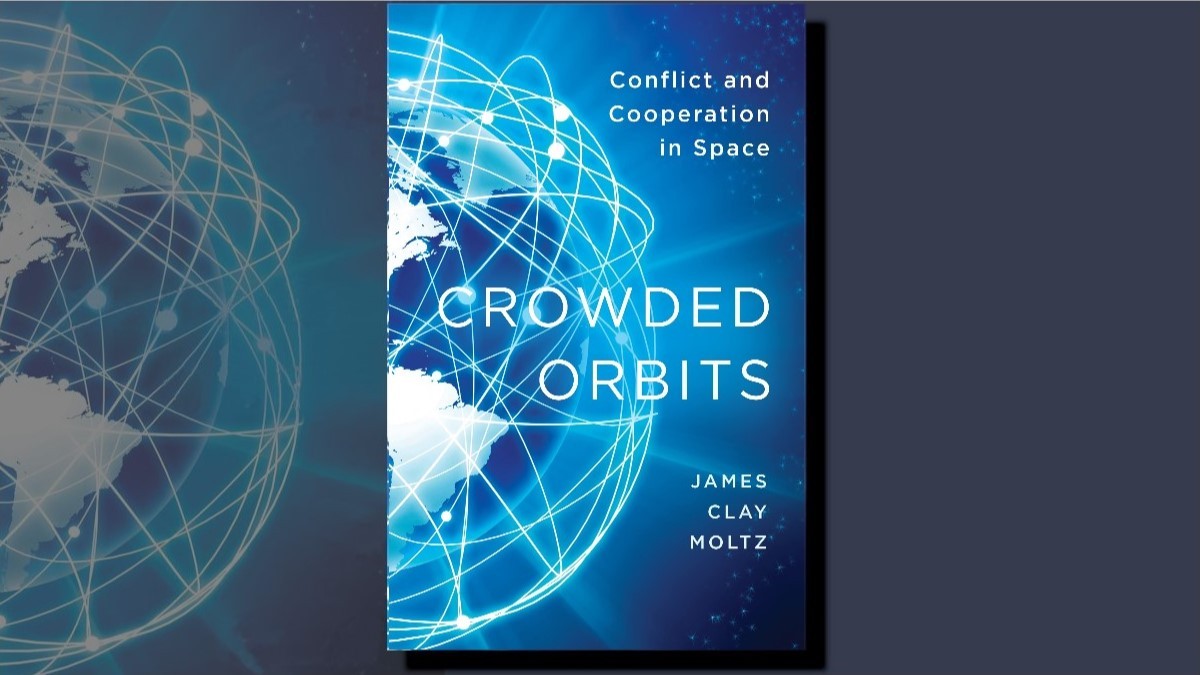Book Review - The Ashgate Research Companion to War
Written by: Hall Gardner and Oleg Kobtegg (eds),
Ashgate, Farnham, 2012,
ISBN 9780754678267, 664pp
Reviewed by: Dr David Connery, Deputy Director (Strategy and Development) National Security College, Australian National University
This is a book for the very serious student of war. As befits the title ‘research companion’, this volume of collected works on the topic of war by Professors Hall Gardner and Oleg Kobtzeff of the American University of Paris provides a detailed exposition of the causes of war through the theoretical lens of ‘polemology’. Those embarking on the journey through this book will find a number of fascinating—albeit at times dense—chapters covering this broad topic from dimensions as diverse as electoral politics, gender, geography, media, climate and religion. The chapters also cover various periods of history from the pre-agricultural, through the classical eras to the wars of the industrial era, and into modern times.
The editors—who author a number of chapters themselves—compile substantial essays by a number of noted American and European academics using the theory of polemology as a linking device. This theory rejects the ‘single cause’ theories of war such as Marxist class struggle or the structural (inbuilt) causes of war due to the condition of anarchy between states. Instead, polemology holds that war arises from the impact of interrelated causes including (among many) geostrategic, technical, biopolitical, legal and socio-cultural factors. Yet, unhelpfully, polemology (as presented here) is unable to provide predictive theory of war because the incidence of war depends upon the contextual conditions of a specific situation. Nor does this theory, as described, explain which factors might be more important because all, including the Gardner’s ideas of alienation (expanded in Chapter 1), seem to have equal weighting. Those with a greater need to find out more about polemology will need to look elsewhere; fortunately, some references are provided to start that journey.
One example of the style this book was written by the noted military historian Azar Gat. His chapter (Chapter 2 – ‘The Roots and Evolution of Conflict’) is a shortexplanation of his monumental work of 2006, War in Human Civilization. It’s not worth providing the reader with a summary of his summary here, but it is worth noting how Gat examines historical, biological, archaeological and anthropological disciplines to provide an insight into the reasons why states and their people have fought and still fight. His explanation sides with the Hobbesian view of life as being ‘poor, nasty, brutish and short’ over the view of pre-agricultural society as innocent in terms of war. Australia gets a mention to support Gat’s (and Hobbes’) view, where fighting between pre-agricultural Aboriginal tribes was described as highly prevalent and demonstrative of not only the frequency of war but also its relative viciousness—in terms of overall mortality—over the great industrialised conflicts of the twentieth century.
Gat is a strong proponent of the social and economic explanations of war; indeed, he promotes both over politics as the reasons for fighting in this chapter. Using these lenses, Gat argues that war is becoming less prominent among modern nation-states because the ways of earning money and finding individual fulfilment have changed. In today’s developed societies, peace is more profitable than war and young men need not leave their homelands to find sexual adventure. This, he claims, undermines two of the main reasons why democratic leaders chose to fight and people chose to follow. Added to these socio-economic imperatives are an increasing place for liberal values in developed societies and the concomitant rise of ‘lawfare’. For good measure, Gat also uses these latter reasons to explain why democracies find counterinsurgency difficult to prosecute.
Professional military readers—especially brave ones—will be interested in the chapter by Francois Gere, ‘The Future of Asymmetric Warfare. Gere provides a very broad and comprehensive discussion of the nature of symmetry and asymmetry in warfare, especially various forms of asymmetry in stakes, information, investment and ethics. His bad news for professional soldiers is that the impact of asymmetry will only grow as new technologies—including cyber and robotic technologies— clash with ethics in democratic states and the undemocratic manipulation of tactics and information by their opponents.
Despite the increasing prevalence of this style of conflict, Gere maintains that armies need to prepare for high intensity conflict against other states. This question, which is largely one of priorities and focus, is one that the Australian Army faces today. Yet unfortunately, Gere will not provide today’s force planners with much of an insight as to why because this assertion—like many others in his essay— remains unsupported by substantial evidence. Also, his prescription to ‘plan for operations of stabilisation’ contains a kernel of contradiction because planning for these operations is necessary, but insufficient, to ensure forces are prepared for this type of operation. In a time of limited budgets, the forces of most Western nations will be forced to make hard choices between the ‘high-end’ platforms needed for one style of conflict over the construction, medical, special operations and infantry assets needed to prevail in a long-term stabilisation operation.
Unfortunately, this criticism can also be made of Gere’s condemnation of doctrine as a key inhibiting force for Western armies when trying to counter insurgencies. In his view, doctrine (not otherwise specified or refined) leads these armies to be less flexible than irregular, opportunistic opponents. But it is unclear why doctrine—and not ethics, goals or different organisational structures—is such a decisive hindrance in this style of warfare.
Still, other elements of Gere’s argument are well worth engaging with. His critique of symmetry, for one, is valuable because it speaks to the dangers of groupthink within the military and their supporting organisations. Another is the focus on the pernicious influence of serious organised crime in today’s conflicts, which is another challenge that the Australian Army has yet to fully appreciate in a formal, doctrinal, sense.
In all, The Ashgate Research Companion to War commends itself, through the breadth of its treatment of the subject and the many debates it surfaces, to serious students of war. It is certainly a book to ‘dip into and out of’ as the needs of the researcher dictate.




